
Rose quartz is the state mineral of South Dakota. This beautiful pink to rose-red crystal is valued as a collectible mineral or gem, in jewelry, in lapidary work and in many other decorative applications. According to "Rose Quartz: State Mineral of South Dakota," quartz is a common mineral containing silicon and oxygen. The pink color of rose quartz comes from the additional presence of titanium. Some particularly beautiful rose quartz crystals have a characteristic called "asterism" that creates rays in polished jewels. Crystals with asterism are called "star quartz." These have greater value to collectors and jewelers.
Collecting Rose Quartz
- Cushion for seating
- Geologists hammer
- Gloves
- Hand lens
- Identification guides
- Knee pads
- Plastic bags
- Safety glasses
- Small piece of glass
- Small pry bar
- Small trowel
- Soft paper
- Three-tined garden scratcher
Keep equipment together in a knapsack. Carry and drink plenty of water. Use toilet tissue to wrap samples. Wear clothes that can handle wear. Work early in the morning and late in the afternoon. Read guidebooks for identification tips and locations. Be sure your vehicle is in good repair.
Avoid climbing on steep slopes. Avoid poisonous snakes. Avoid poisonous spiders. Avoid working in the heat of the day. Avoid carrying materials that are too heavy. Avoid dehydration.
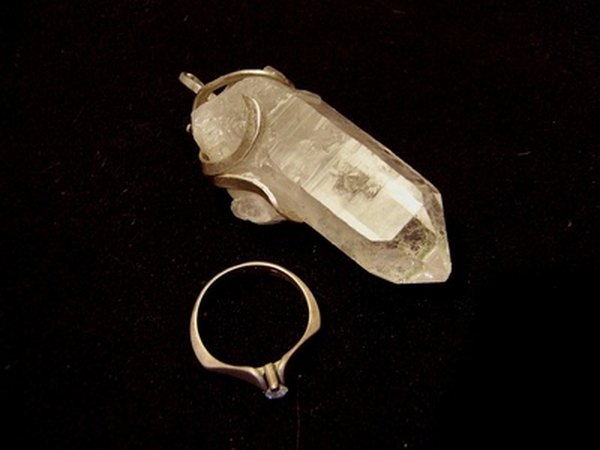
Identification of rose quartz is not difficult. It is a common mineral. The crystals are pink to rose-red. Quartz is transparent to translucent with a glassy appearance. The crystals feel like glass. Quartz crystals will scratch glass. If a rose quartz crystal is broken it will have a conchoidal fracture. Conchoidal fractures are breaks that look like a scoop taken from the crystal in the shape of a clam shell. Quartz crystals formed in an open space are six-sided. Crystals formed within other rocks are rounded.
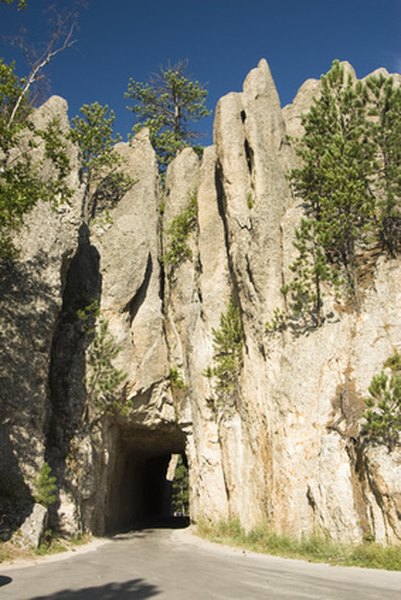
The best location in the world for rose quartz collecting is in the Black Hills of South Dakota. The Black Hills area produces more rose quartz than anywhere else in the world. The mineral is found in pegmatite formations that interlace the Black Hills. Pegmatite is an igneous or volcanic rock with openings in its structure that allow the formation of crystals. Another prime location for collecting is found in the western grasslands of South Dakota.
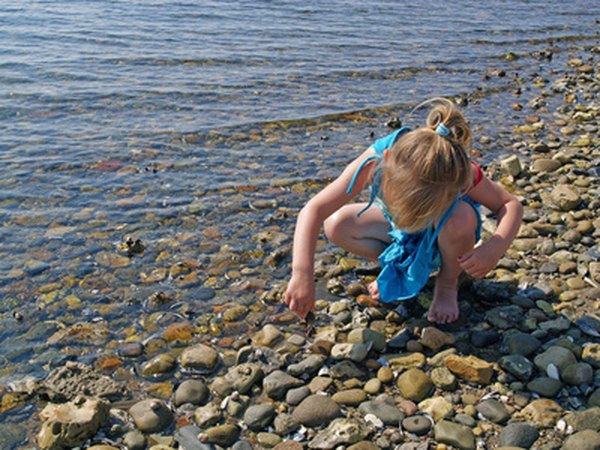
Obtain permission before collecting rose quartz on public or private land. Collecting is not allowed on most state or federal land. According to the website "Rose Quartz: The State Mineral of South Dakota," collecting of small samples is allowed along highways, with permission. Permission can be given by local offices of the Department of Transportation in South Dakota. Collecting on any tribal lands also requires permission.

Collecting can be done easily in two prominent locations in South Dakota. Collecting rose quartz is allowed in the Buffalo Gap National Grasslands, according to "Rose Quartz: The State Mineral of South Dakota." Collecting is also allowed in the Black Hills National Forest. Watch road signs for ranches and farms that allow rock collecting for a fee. Mines often allow collectors to search through the mine debris for a small fee.
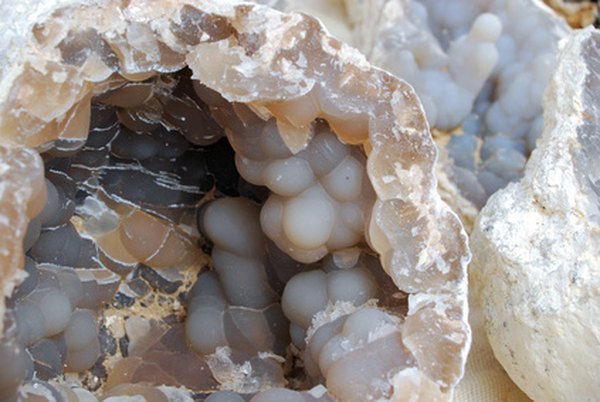
Collect crystals from loose soil or in mine tailings. Dig crystals using a three-tined garden tool to move the soil. Look for the characteristic shine of quartz crystals. Look for rocks that may be crystals covered in clay or mud. Crystals may look like muddy rocks at first glance. Check any specimen that you suspect may be a crystal. Collect crystals from veins in rock. When working a vein use a small pry bar to pry apart rocks containing crystals. Work in from the sides of veins to avoid breaking crystals.
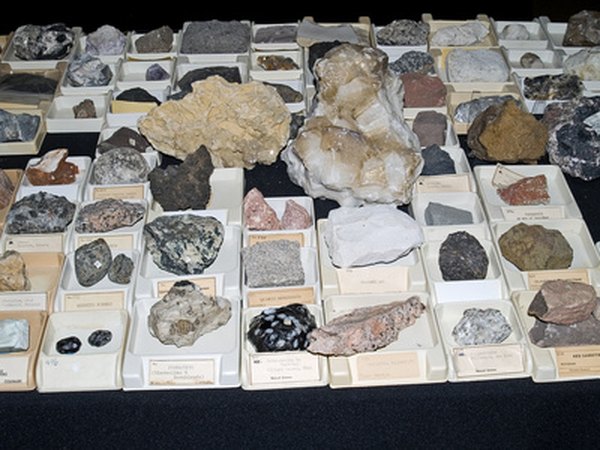
Leave most of the soil or clay on the crystals to act as a cushion. Wrap each crystal in soft paper to protect it. Toilet paper works well for this purpose. Place the crystals loosely in a box for transport. Pack more paper around the crystals to avoid breakage. Carefully clean all the crystals only after you arrive home. After the crystals are clean, place them in individual small boxes to keep them from bumping against one another. Label your crystals by type, location and the date it was found. Crystals can be graded for value after being cleaned and sorted.
Things You'll Need
Tips
Warnings
References
Tips
- Keep equipment together in a knapsack.
- Carry and drink plenty of water.
- Use toilet tissue to wrap samples.
- Wear clothes that can handle wear.
- Work early in the morning and late in the afternoon.
- Read guidebooks for identification tips and locations.
- Be sure your vehicle is in good repair.
Warnings
- Avoid climbing on steep slopes.
- Avoid poisonous snakes.
- Avoid poisonous spiders.
- Avoid working in the heat of the day.
- Avoid carrying materials that are too heavy.
- Avoid dehydration.
About the Author
John McGeough has been a science and music educator since 1974. He published the book "Learning and Remembering with Digital Photography" and writes on education and science as well. McGeough holds bachelor's and master's degrees in music and science from the University of Houston.
Photo Credits
cristal druse of quartz image by vnlit from Fotolia.com
